London is one of the most interesting cities to visit for architecture lovers. In its streets, it is possible to see a mixture of different architectural styles and historical periods. On this London architecture tour you’ll learn about some of the best buildings in the city.
In this post you will find:
London is a city where many historical events happened. However, it is only possible to identify certain periods in its buildings since the vast majority of the buildings were destroyed in the Great Fire of 1666.
Very few buildings survived the fire, like the Tower of London and some Tudor buildings. In this guide I am going to talk mainly about the buildings that were built after 1666.
LONDON ARCHITECTURE TOUR – MUST SEE ARCHITECTURE:
London Mews – London’s Best Secret
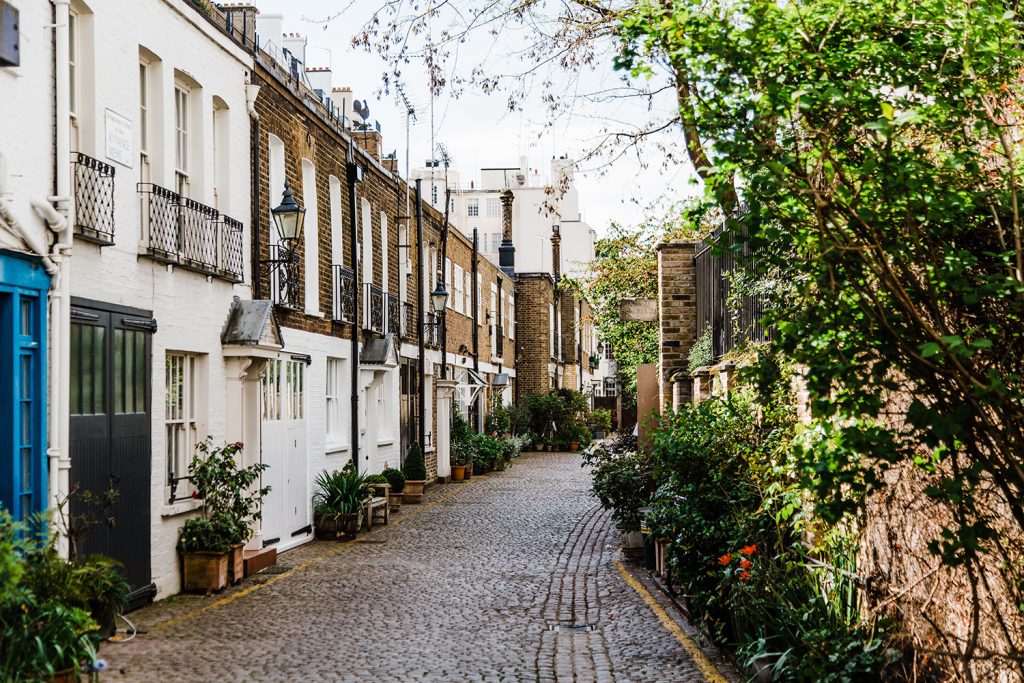
One of my favorite places in London are its mews. Mews were small houses where the upper class people used to keep their horses and carriages. These houses also had a space for servants. Mews were built in London during the 18th and 19th centuries and can still be found in the city.
Today mews are some of the most expensive places to live in London. The great benefit of living in one of these houses (apart from being so pretty) is that they face a narrow cobbled street, where no cars can access. If you are visiting London, you can visit some of its mews such as: Kynance Mews, Osten Mews, and Drayson Mews.
Christopher Wren buildings
After the Great Fire, a city reconstruction program was carried out in which Sir Christopher Wren was in charge of rebuilding many buildings in the city, including 52 churches.
- St. Paul’s Cathedral (1675-1711)
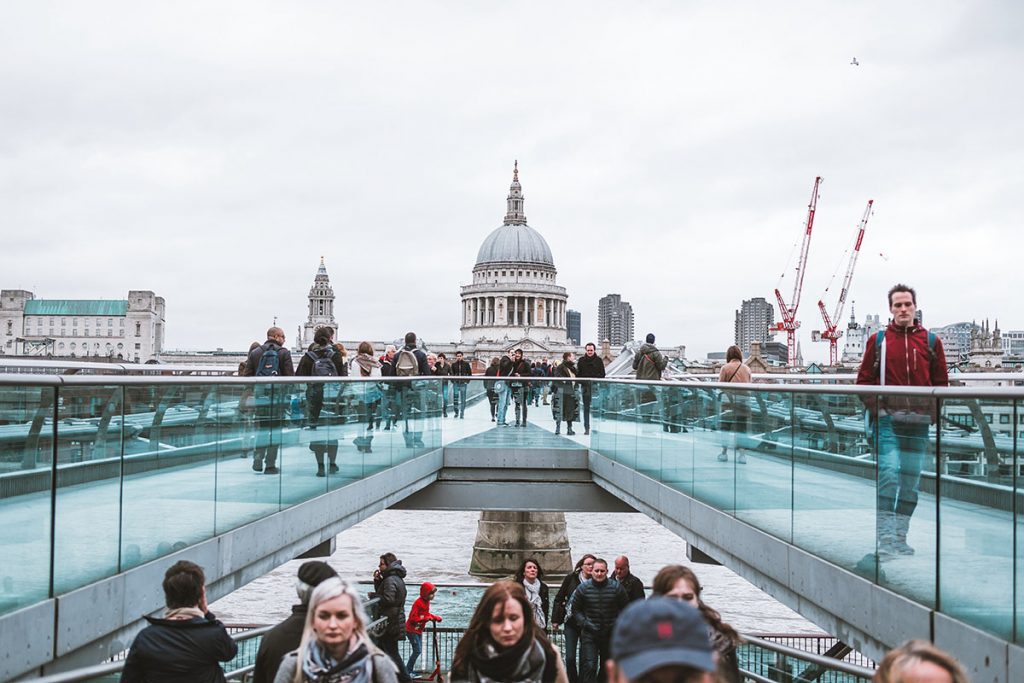
Wren’s most recognized work is St Paul’s Cathedral. The church was built on the ruins of an ancient medieval cathedral which burned in the fire.
The dome of the cathedral is one of the great icons of London. With 111 meters heigh, St Paul’s Cathedral was the tallest building in London from 1710 to 1962.
>> Get your fast-track entrance to St Paul’s Cathedral
-
Monument to the Great Fire of London (1671-1676)
The Monument is a 61 meter high Doric column located near the London Bridge and was designed by Christopher Wren and Robert Hooke to remember the great fire that occurred in the city. The monument is a few meters from the point where the fire started.
The Monument is now open to the public and you can go up to the top of the column from where you can see the entire city.
Other works by Wren in London: reconstruction of Kensington Palace, Saint Dunstan in the East Church, Greenwich Observatory and Sheldonian Theater (Oxford).
Victorian London (1837 to 1901)
Victorian architecture refers to all the buildings that were built between 1837 and 1901, during Queen Victoria’s reign. In London there are many buildings that belong to this period.
Victorian architecture is not an architectural style itself, but a period where buildings of different styles were built. Victorian architectureis characterized by the revival of Gothic, classical or Romanesque styles.
Architecture was a demonstration of splendor during the reign of Queen Victoria. These are some of the most important Victorian buildings:
- St Pancras Station (1868)
One of the most iconic buildings from the Victorian era is St Pancras Station, from where all trains depart for international and domestic destinations. On the station facade is the St. Pancras Renaissance Hotel, which was originally the Midland Grand Hotel opened in 1873.
- King’s Cross Station (1852)
Next to St Pancras you can find King’s Cross, built between 1851 and 1852, and also a clear exponent of Vicorian architecture.
It is also a very important building for Harry Potter fans since platform 9 ¾ from where the Hogwarts Express departs is located at King’s Cross.
- Natural History Museum (1881)
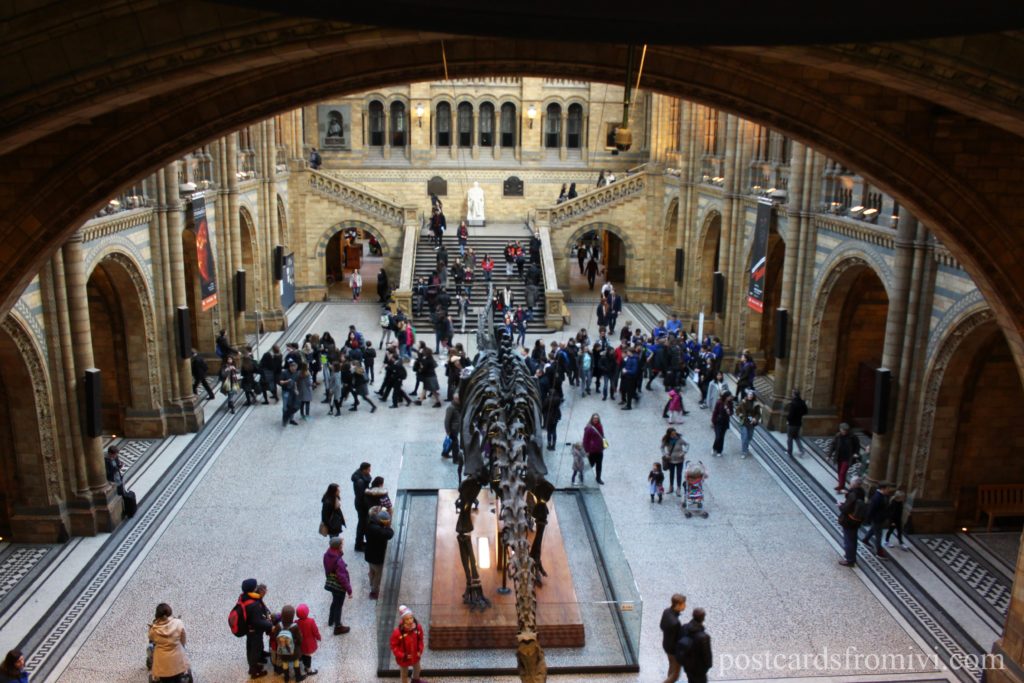
The Natural History Museum, located in South Kensington neighborhood is one of the best free museums in London. The building has a neo-Romanesque style that is based on an interpretation of the Romanesque style (emerged much earlier). The neo-Romanesque style is an expression of historicism which meant to recover the architecture of past times.
- Royal Albert Hall (1871)
The Royal Albert Hall is a concert hall located in South Kensington neighborhood. This construction was born because of the idea of Prince Albert (Victoria’s husband) who proposed creating a series of buildings in this area for the culture and education of citizens.
- Palace of Westminster (1865)
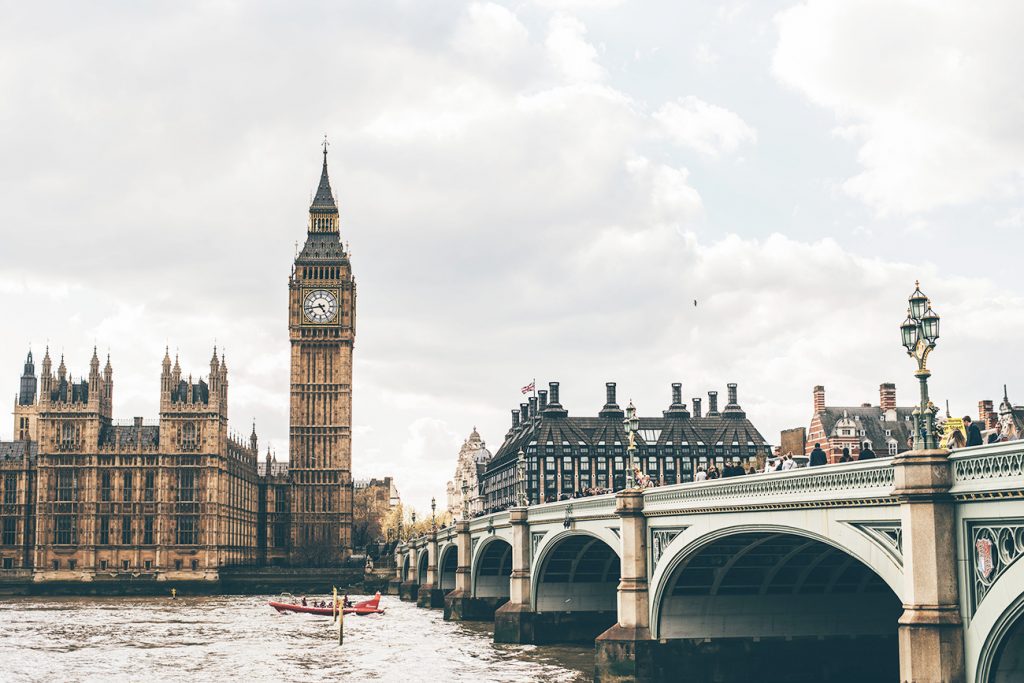
Without a doubt, this building is one of the most famous icons in London, along with its tower that houses the Big Ben. The Palace of Westminster houses the two houses of the Parliament of the United Kingdom. The building is a clear example of the neo-gothic style, framed within historicism.
- British Museum (1848)
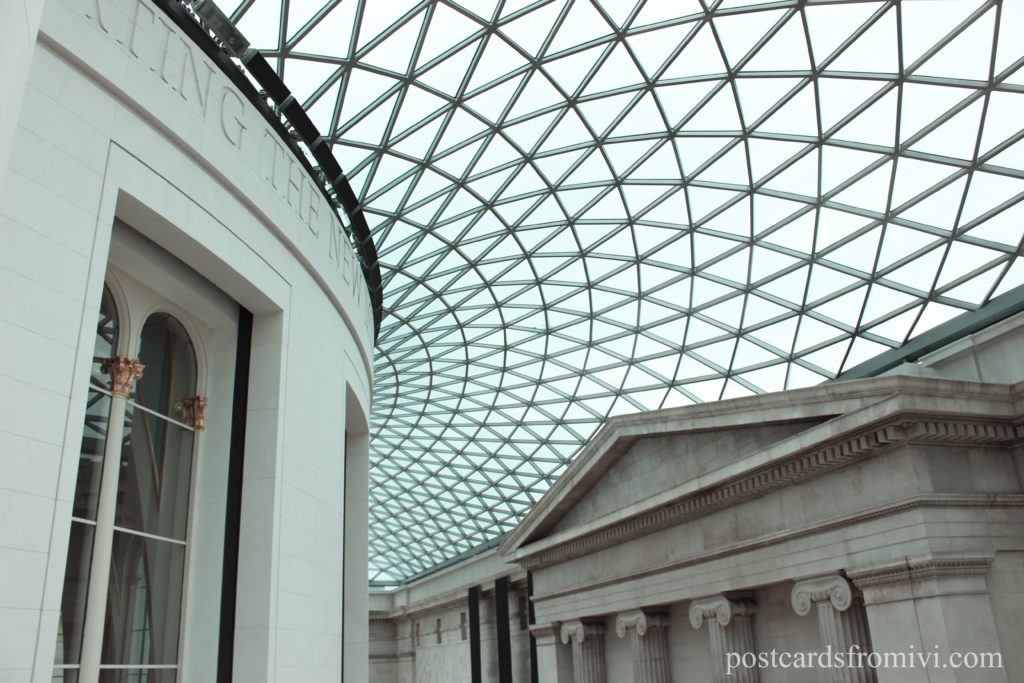
The British Museum was the first national museum in the world. The museum began in a 16th century mansion and when this place became too small due to the huge collection, a new neoclassical building was built on the same site.
The Great Court, designed by British architect Norman Foster, opened in December 2000.
Modern and contemporary architecture in London
Many of London’s modern buildings (especially skyscrapers) are located in the City of London, the financial district.
However, there is also a lot of modern and contemporary architecture scattered throughout the city, intertwining with Victorian and medieval buildings.
- Lloyd’s building, Richard Rogers (1986)
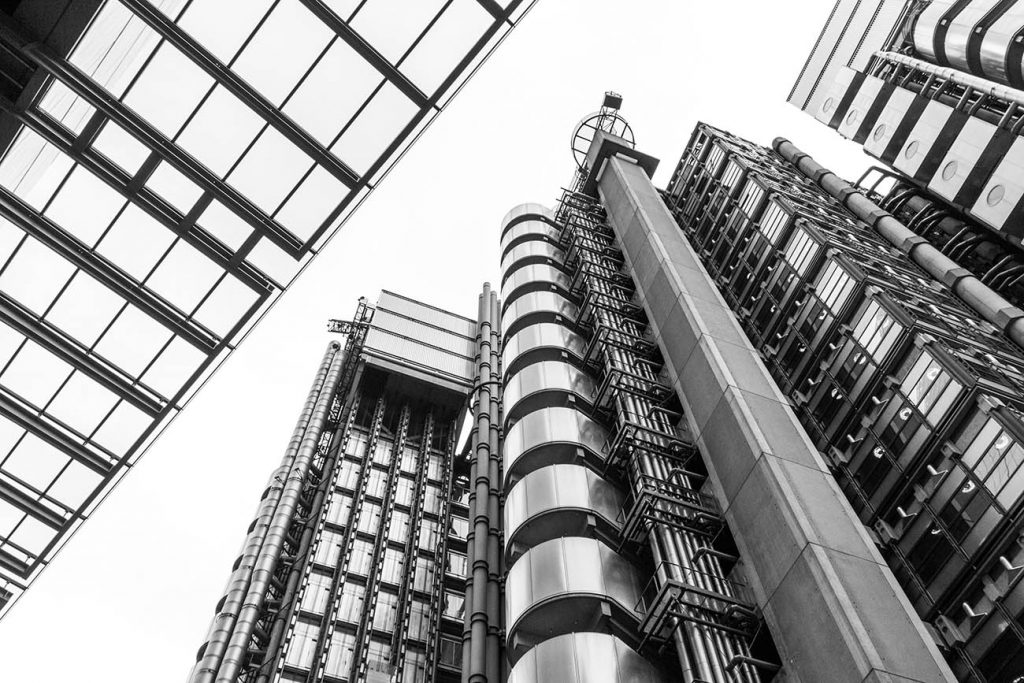
This is one of my favorite buildings in the city. It is a high-tech style building, where innovation and technology of materials is the main component. The building is the headquarters of the Lloyd’s of London insurance market and is located in the middle of the financial center.
As we can see in the Pompidou Center in Paris, all the services such as stairs, elevators and ducts are found on the outside.
- 30 St Mary Axe, Norman Foster (2003)
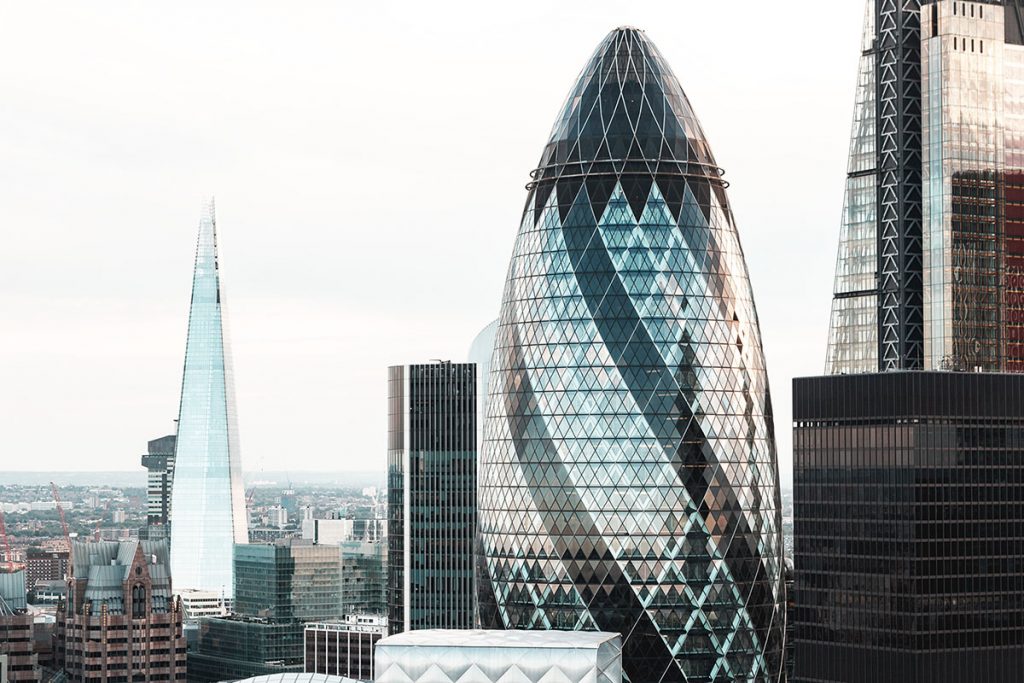
The Gherkin and The Shard in the background
If we talk about contemporary architecture in London, Sir Norman Foster is the architect who did shaped the city’s skyline. His most popular work is the 30 St Mary Axe building, better known as “The Gherkin”. This building is also located in the city and is 180 meters high.
It is a very efficient building in terms of energy thanks to the entry of natural light and ventilation. Its “oval” shape favors the flow of winds, reducing pressure on the structure.
- The Shard, Renzo Piano (2012)
The Shard is the tallest skyscraper in the UK with a height of 309.7m. It is a self-supporting structure with a pyramid shape.
On the 72nd floor you can find an observation deck: The View from The Shard, which offers 360-degree panoramic views of the city.
- City Hall, Norman Foster (2002)

Another of Foster’s most popular buildings in the city is London City Hall. The building has a rather curious shape, as if it was thrown to one side and this is because it tries to avoid direct light coming from the south and absorb the northern light.
The glass on its facades expresses transparency and access to democracy, just as it is represented in the Reichstag building in Berlin, also designed by Foster.
- Tate Modern, Herzog & de Meuron (2000)
Tate Modern is located in a building which used to be an old power station on the banks of River Thames. The architects preserved the industrial character of the space, leaving the brick walls and steel structure exposed.
- 20 Fenchurch Street, Rafael Viñoly (2014)
Another modern building that defines the city of London skyline is 20 Fenchurch Tower, better known as the “walkie-talkie” because of its shape. On the top floor of the building there you can find Sky Garden, considered the highest public garden in London. Its access is free but it is necessary to book the tickets in advance.
- National Theater, Denys Lasdun (1977)
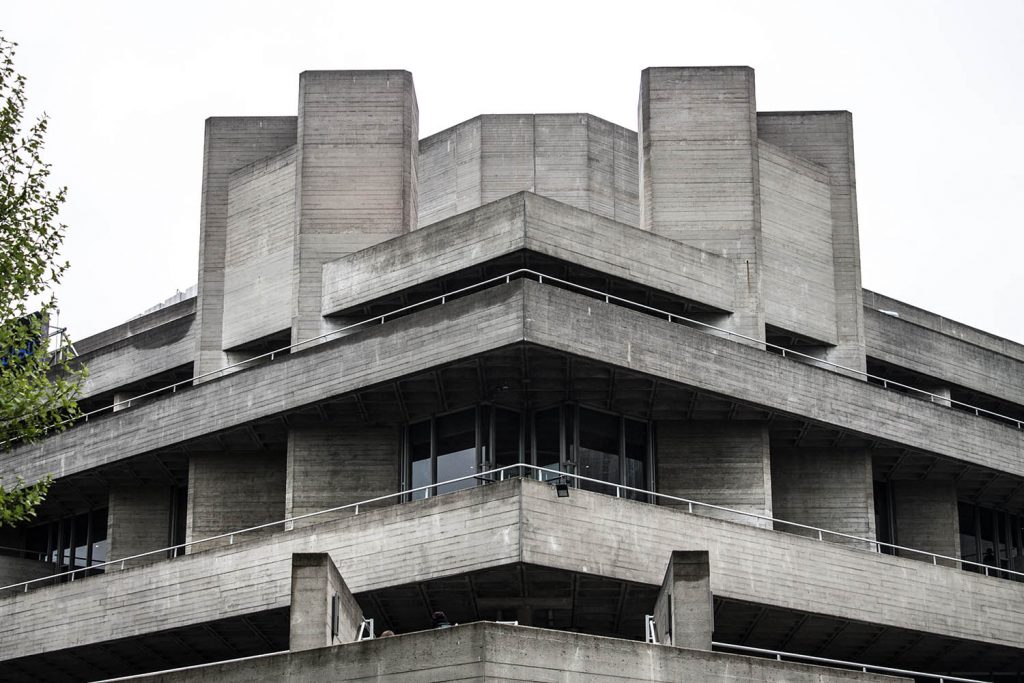
One of the most representative buildings of brutalism in England. The architect based the design of the theater on the concept of “architecture as urban landscape” using forms that break down the volume of the building, integrating with the urban framework of the river’s border.
- Barbican Centre (1982)
Another of the great works of brutalism in London is the Barbican Centre, an art center designed by the architects Chamberlin, Powell and Bon. It is a very different image from classic London. You can access for free to the square and there are several restaurants where you can eat something and enjoy the space.
- The Economist – Alison and Peter Smithson (1964)
Another very important brutalist work is the building of The Economist magazine. The project consists of three buildings, one for the magazine, one for the club and a third for housing. The magazine building is a 53-meter tower at an articulated corner with studs that run from the top of the buildings to the ground.
London Architecture Tour – Map
There are many more buildings that I didn’t include in the list but you can find many more on this map with the best buildings in London. You can download it to your cell phone and use it during your trip:
London Architecture guided tours
If you want to opt for a guided architecture tour, check out this Brutalist Architecture & History Walking Tour where you will learn about the most notable brutalist buildings in Central London.
Another option is to take this private Architecture Tour with a local expert.
London is one of the most interesting cities. Have you already visited London? What is your favorite building?
Other London posts that you might like:
- Where to stay in London: best areas and hotels
- Best Budget places to stay in London
- Complete 4 day London itinerary
- London Pass vs London Explorer Pass
- Visiting the Tower of London: is it worth it?
- Stonehenge day trip from London
Disclaimer: This post contains affiliate links. That means, if you click on certain links within this post and make a purchase, I earn a small commission at no extra cost to you. Read more about it here.


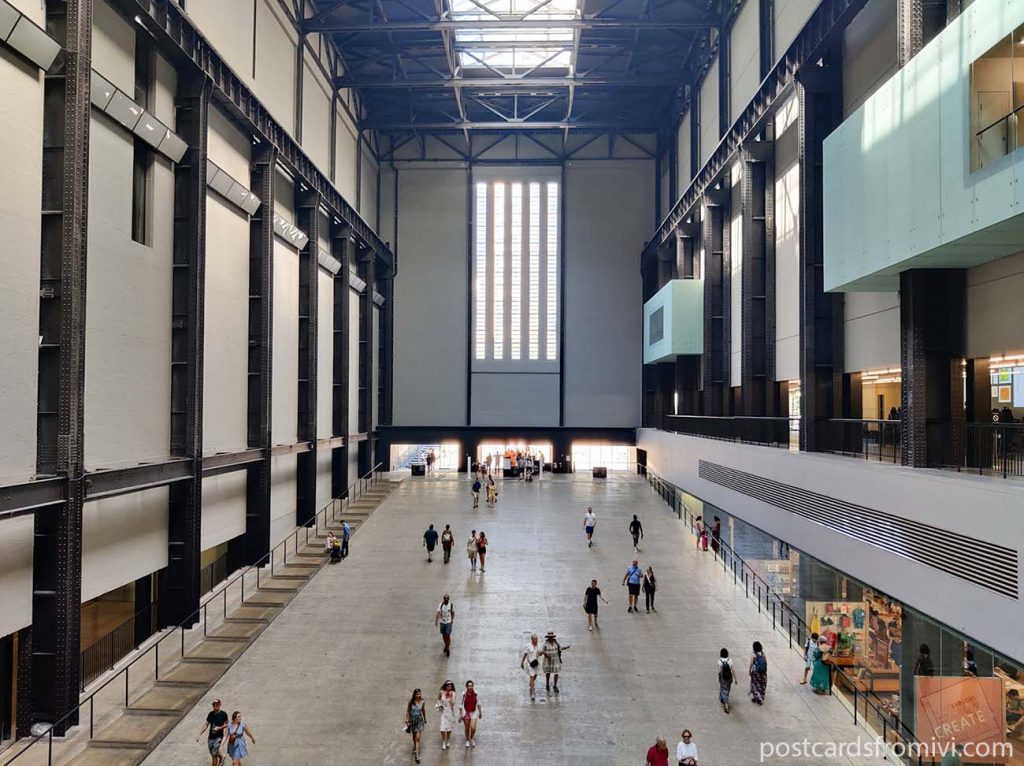


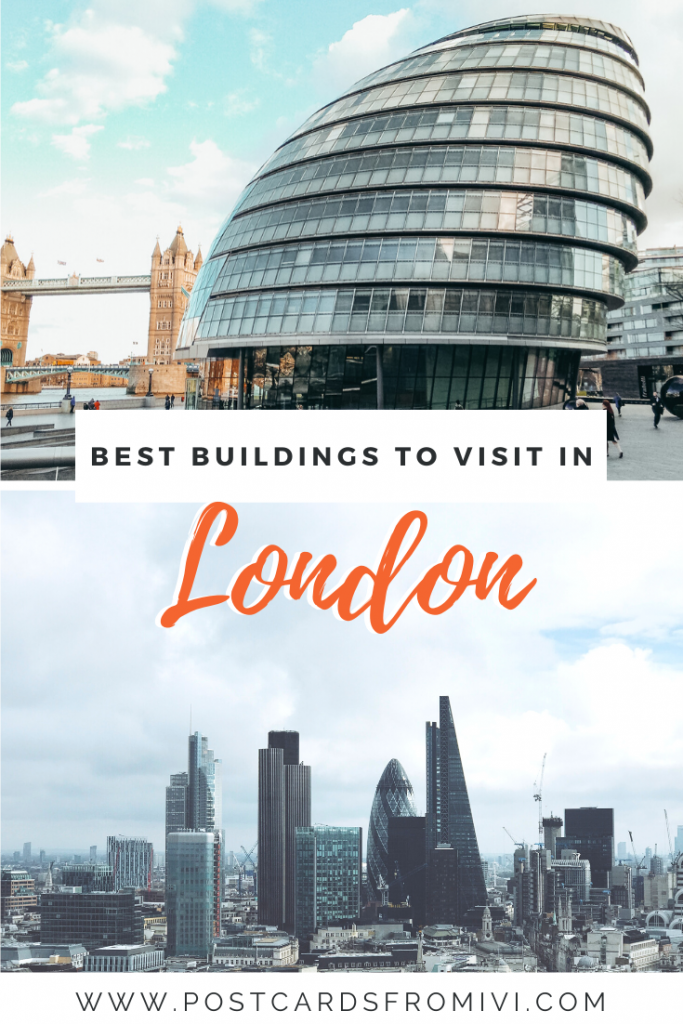
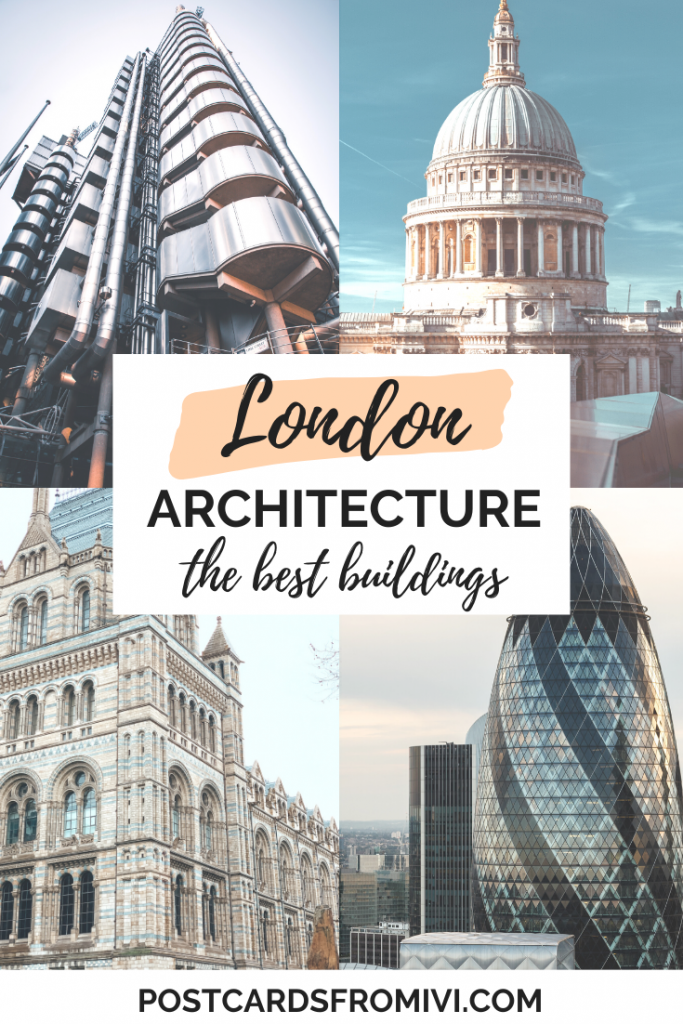
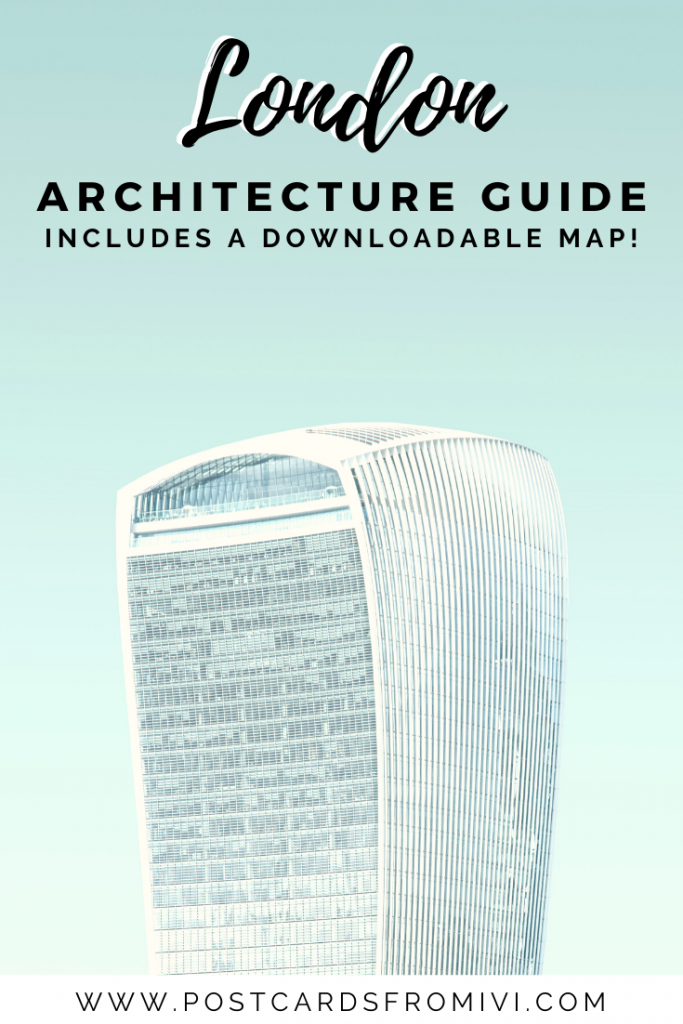
4 comments
[…] Europe […]
[…] Europe […]
[…] Europe […]
[…] Europe […]